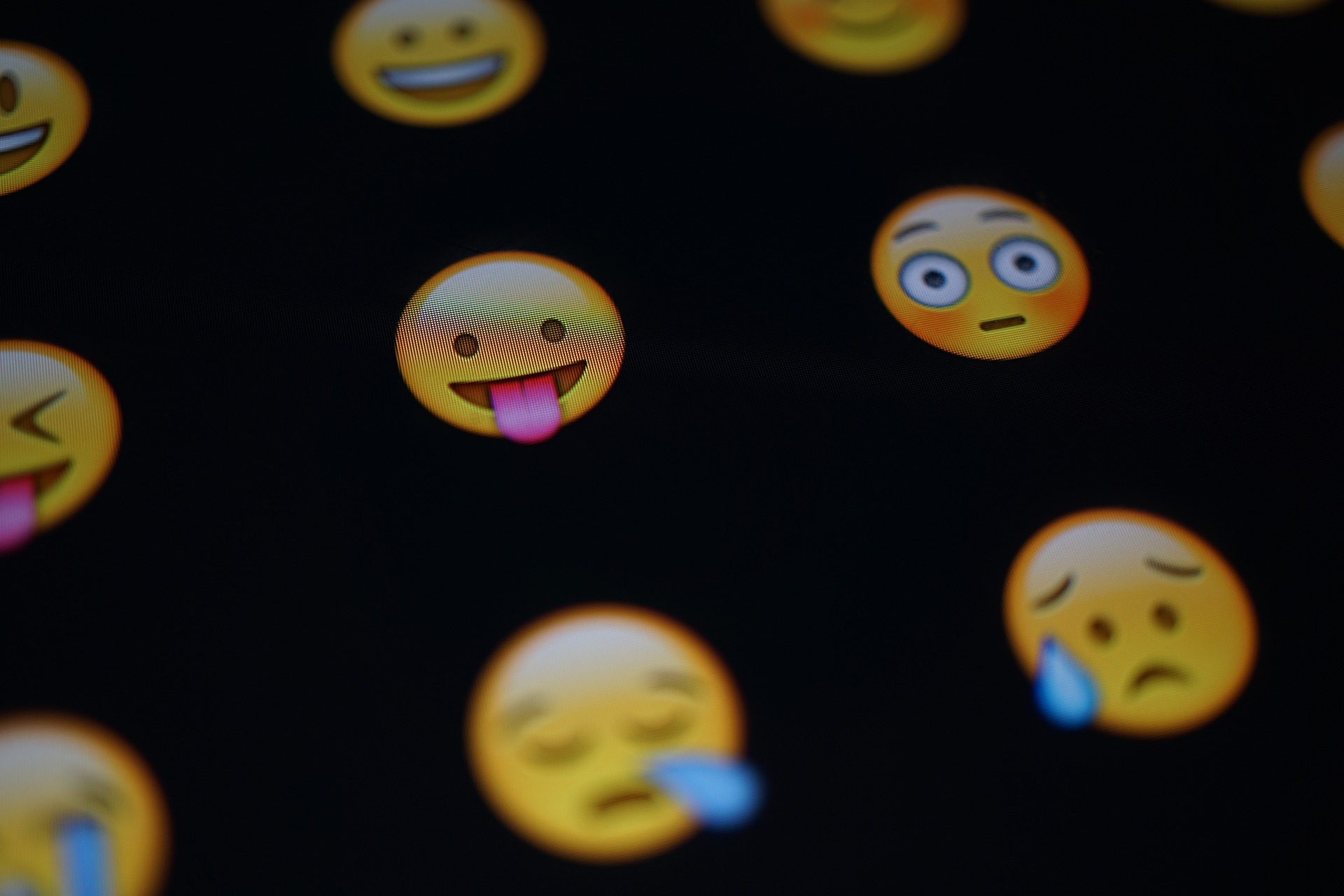With colorful caricatures ranging from mind-blown facial expressions ? to coconut shrimp ?, there are hundreds of emojis to express a multitude of different feelings, thoughts, and emotions. In the last decade, emoji have cemented a permanent place in the world of e-communications. Emoji now represent a diverse array of skin tones ✋✋?✋?✋? and physical disability ? ?. Oxford Dictionaries’ 2015 Word of the Year was awarded to the Face with Tears of Joy Emoji ?. It should stand as no surprise that everyone’s favorite new way to communicate has permeated its way into our legal system.
Let’s start with the prevalence of emoji in our virtual vernacular. According to Slate, 92{45ef85514356201a9665f05d22c09675e96dde607afc20c57d108fe109b047b6} of the online population uses emoji. As of 2016, 2.3 trillion mobile messages incorporate emoji annually as of 2016. That means nearly 10 trillion emoji-laced messages have been sent in the past four years.
According to The Verge, emoji and emoticon references in U.S. court cases rose exponentially between 2004 and 2019. Santa Clara University law professor Eric Goldman, leading researcher on emoji references in court opinions, noted that 30{45ef85514356201a9665f05d22c09675e96dde607afc20c57d108fe109b047b6} of all U.S. Court opinions now reference emoji or emoticons. In 2017, an Israeli couple was charged thousands of dollars in fees after an Israeli judge ruled that their use of emoji to a landlord signaled an intent to rent his apartment. Who would have guessed a few years ago that a champagne bottle ?, squirrel ?, and comet ☄️ could constitute an agreement to rent an apartment?
According to Professor Eric Goldman, the use of emoji as evidence increased from 33{45ef85514356201a9665f05d22c09675e96dde607afc20c57d108fe109b047b6} in 2017 to 53{45ef85514356201a9665f05d22c09675e96dde607afc20c57d108fe109b047b6} in 2018. In some cases, emoji are described to jurors, rather than seen and interpreted themselves, and in other cases emoji are omitted from evidence, altogether. Emoji are most prevalent in sexual harassment, criminal, and workplace lawsuits. In the 2017 murder case of Commonwealth v. Castano, Massachusetts prosecutors argued that an emoji with “X” eyes ? showed that an individual who received the message knew that something was happening. In the sex trafficking case of The People v. Idris Bilal Jamerson, expert witnesses detailed how a series of sent emoji, including a crown ?, high heels ?, and money bags ? provided evidence of prostitution.
Emoji even come in a variety of dialects. Different companies can represent emoji on their platforms in different ways. In a study comparing Android and Apple users’ interpretation of emoji, Google users reported a grinning face as meaning blissful happiness, while Apple users thought it symbolized a readiness to fight. One can only imagine the flurry of misinterpretation defenses and novel legal arguments that such interpretations will cause.
As we continue to express ourselves through emoji, they will continue to permeate our society further and further. In a few years, emoji-interpreting expert witnesses will become more resourceful in the court room and the debate around what certain emoji mean will become a greater focus of legal arguments by lawyers across the world.
 Victoria Blachly is a partner at SYK, and an experienced fiduciary litigator that works with many elderly clients, cases and causes. She is also a proud Board Member for the Oregon Alzheimer’s Association Chapter.
Victoria Blachly is a partner at SYK, and an experienced fiduciary litigator that works with many elderly clients, cases and causes. She is also a proud Board Member for the Oregon Alzheimer’s Association Chapter.
Peter Esho is a Chaldean-American law student in his final year at Lewis & Clark Law School, and a senior law clerk at Samuels Yoelin Kantor. Born and raised in Michigan, he moved to Portland to attend Lewis & Clark. Peter enjoys kayaking and playing guitar, and his primary legal interests are in intellectual property and business law.


